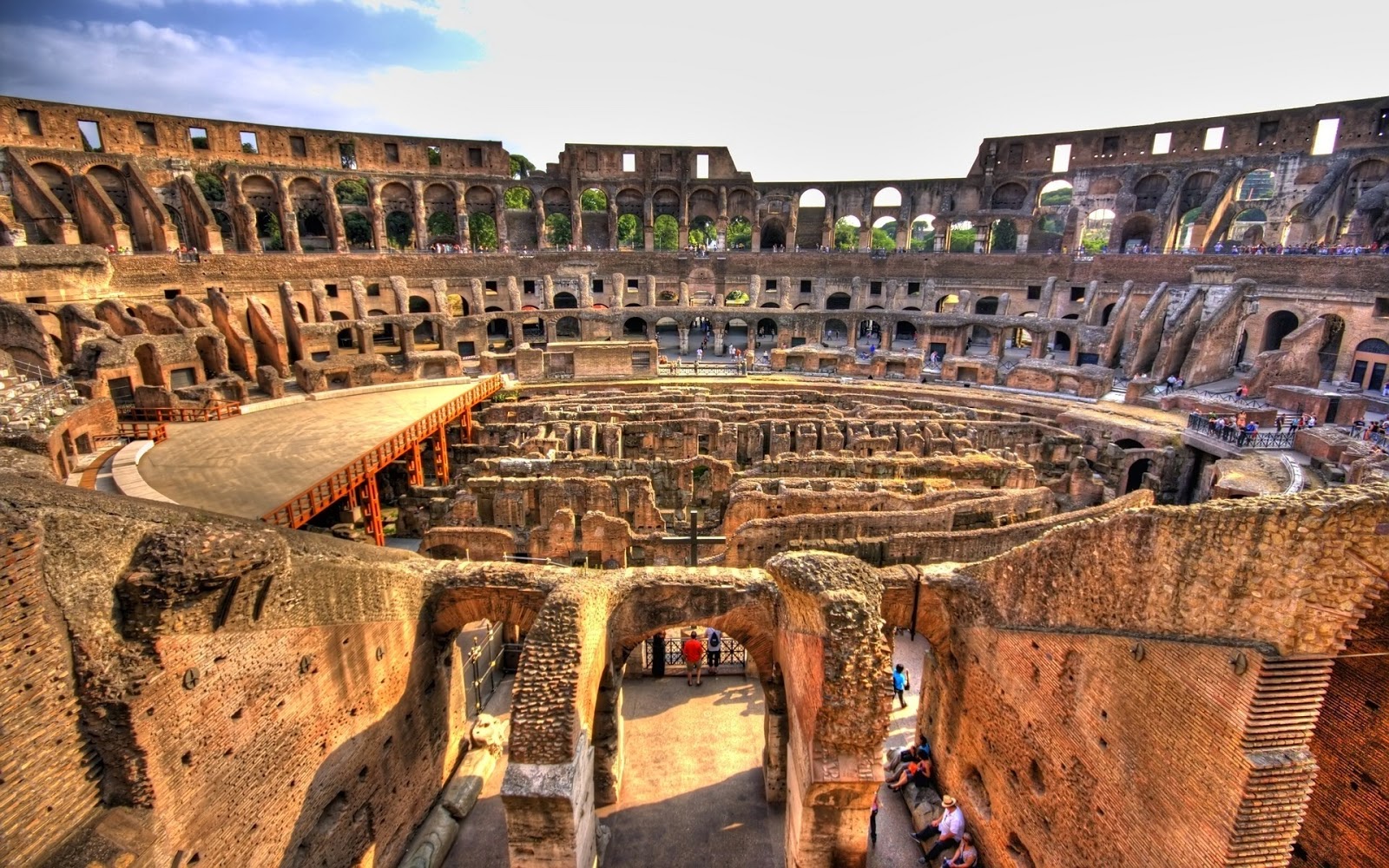Colosseum
Picture
courtesy: najaca.com
Picture
courtesy - alphacoders.com
Rome's
extraordinary gladiatorial arena is the most exciting of the city's old sights.
Initiated in AD 80, the 50,000-seat Colosseum, initially known as the Flavian
Amphitheater, was clad in travertine and secured by an enormous canvas shade
held overtop by 240 poles. Inside, layered seating enclosed the stadium, itself
constructed over an underground compound (the hypogeum) where creatures were
confined and stage sets arranged. Amusements included fighters battling wild
creatures or one another.
Pantheon
Picture
courtesy - blog.parisattitude.com
Picture Courtesy - wikimedia.org
Picture
courtesy - awesomestories.com
A splendid
two millennia old temple, now church, the Pantheon is the best survivor of Rome's
old landmarks, and a standout amongst the most compelling structures in the
Western world. Assembled by Hadrian over Marcus Agrippa's prior 27 BC
sanctuary, it has remained since AD 120, and despite the fact that its turning
gray, blemished outside is looking its age, its still an invigorating journey
to go through its immense bronze entryways and look up at the biggest
unreinforced solid arch ever fabricated.
Roman Forum
Picture courtesy: s1.it.atcdn.net
Picture
courtesy - seindal.dk
The Roman
Forum was antiquated Rome's show forum, a vainglorious locale of temples,
basilicas and energetic open spaces. The site, which was initially an Etruscan
cemetery, was initially grown in Roman realm. Historic point sights incorporate
the Arco di Settimio Severo , the Curia , and the Casa delle Vestali the
seventh century BC, developing over the long haul to turn into the social,
political and business centre of the Roman Empire.
Castel Sant'Angelo
Picture
courtesy: deviantart.net
Picture courtesy
- roadkill.com
Picture
courtesy - noelshack.com
With its
thick round keep, this palace is a conspicuous historic point. Assembled as a
mausoleum for the Ruler Hadrian, it was changed over into an ecclesiastical
post in the sixth century and named after a celestial vision that Pope Gregory
the Great had in 590. These days, it houses a varied gathering of painted
creations, statues, military memorabilia and medieval guns.
Palatino
Picture
courtesy: wikimedia.org/
Picture
courtesy - wikimedia.org
Nestled
between the Roman Forum and the Circo Massimo, the Palatino is a territory of
towering pine trees, lofty remnants and panoramic views. It was here that
Romulus as far as anyone knows established the city in 753 BC, and Rome's
sovereigns lived in extravagance. Pay
special attention to the stadio , the remnants of the Domus Flavia (the majestic
castle), and the heighten views over the Roman Forum from the Orti Farnesiani.
Courtesy - TraveleZe
Courtesy - TraveleZe












No comments:
Post a Comment